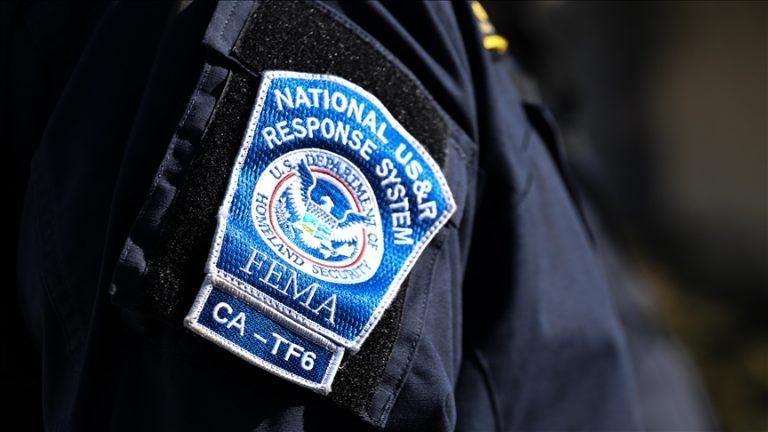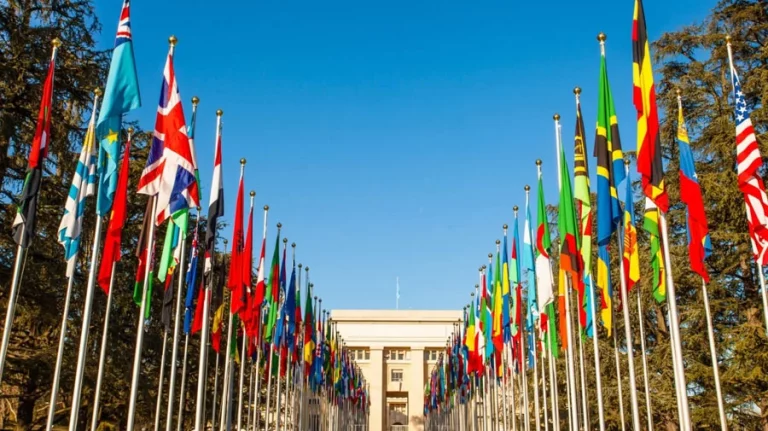
The Statue of Liberty as a symbol of America's freedom is a magnet for immigrants from all over. getty
How Immigration Works in the US
If you’re trying to understand how immigration works in the US, this guide gives a clear, practical roadmap. U.S. immigration includes temporary (nonimmigrant) visas, immigrant visas (green cards) that lead to lawful permanent residency, humanitarian paths (asylum and refugee protection), and the route from a green card to U.S. citizenship (naturalization). Below we explain the main visa categories, how people qualify for permanent residence, the difference between adjustment of status and consular processing, the role of priority dates/visa bulletins, and where to find official guidance.
Nonimmigrant vs. immigrant visas — the basic distinction
U.S. visas divide into two broad types: nonimmigrant visas for temporary visits (tourism, study, work) and immigrant visas for people who intend to live permanently in the United States. Nonimmigrant categories include B (tourist/business), F (students), H (temporary workers such as H-1B), and many others; immigrant visas are the family- and employment-based categories that can lead to a Green Card (lawful permanent resident status). For an official overview of visa categories, see the U.S. Department of State. (Travel)
Main paths to lawful permanent residence (Green Card)
There are several common routes people use to obtain a Green Card — understanding these is a key part of how immigration works in the US:
Family-based immigration
Immediate relatives of U.S. citizens (spouses, unmarried children under 21, and parents) have the fastest path and are not subject to annual numerical limits; other family-preference categories face numerical caps and waiting lists. Family petitions (commonly Form I-130 filed by the U.S. sponsor) start this process. For details on immediate relatives and family preference categories, consult USCIS guidance. (USCIS)
Employment-based immigration
Foreign nationals can become permanent residents through employer sponsorship or by qualifying for categories like extraordinary-ability (EB-1), advanced-degree/professional (EB-2), skilled workers (EB-3), and others. Some categories require a labor certification (PERM) and an approved I-140 petition; others (e.g., EB-1 extraordinary ability) may allow self-petitioning in limited cases. USCIS explains the employment-based preference categories and requirements. (USCIS)
Humanitarian paths: Refugees and asylum
People fleeing persecution may obtain refugee or asylum status. Refugees are generally admitted from abroad through the U.S. Refugee Admissions Program (USRAP); those already in the U.S. may apply for asylum by filing Form I-589 within statutory deadlines (with limited exceptions). Refugees and asylees can apply for a Green Card after one year in that status. See USCIS pages on refugee and asylum processes for current procedures. (USCIS)
Diversity Visa (DV) Lottery and other special categories
The Diversity Visa program (DV lottery) makes a limited number of immigrant visas available each year to people from countries with low recent immigration to the U.S.; selected entrants may apply for immigrant visas or adjust status. There are also special immigrant categories (e.g., certain religious workers, special juvenile immigrants, certain crime victims) with separate rules. The State Department runs the DV program and posts official instructions each year. (Diversity Visa Program)
Adjustment of status vs. consular processing
If you are already in the U.S. and eligible, adjustment of status lets you apply to become a permanent resident without leaving the country (usually with USCIS Form I-485). If you are outside the U.S., you generally complete processing at a U.S. consulate abroad (consular processing) after an approved petition. Which route applies depends on your location, visa category, and whether an immigrant visa is immediately available. USCIS provides step-by-step instructions for both processes. (USCIS)
Priority dates, visa bulletin, and waiting times
Many family-preference and employment-based categories are subject to annual numerical limits and per-country caps. Your priority date (usually the date a petition was filed) determines when an immigrant number is available. The U.S. Department of State publishes the monthly Visa Bulletin listing Final Action Dates and Dates for Filing — these charts tell applicants when they can proceed with adjustment or consular processing. Backlogs can cause long waits for certain countries and categories. See the Visa Bulletin for the current chart and guidance. (Travel)
From Green Card to U.S. citizenship (naturalization)
Many green card holders become eligible to naturalize (apply for citizenship) after meeting residency and other requirements — commonly 5 years as a lawful permanent resident, or 3 years for spouses of U.S. citizens who meet additional conditions. Naturalization involves filing Form N-400, a background check, an interview, and a civics/language test (subject to certain exemptions). USCIS has official instructions and eligibility checkers for naturalization. (USCIS)
Practical steps & trustworthy resources
- Identify the correct path (family, employment, humanitarian, DV, or special category).
- Use official sources — USCIS (forms, filing instructions), Department of State (visa procedures and Visa Bulletin), and official consulate pages. (USCIS)
- Prepare accurate documentation (identity, relationship/employment evidence, civil documents, medical exams, background checks).
- Track priority dates and follow the Visa Bulletin if your category is numerically limited. (Travel)
- Consider legal help if your case is complex (e.g., removal proceedings, waiver needs, or litigation). The stakes are high, and accredited immigration attorneys or DOJ-accredited representatives can provide case-specific guidance.
Final note
This article explains the main components of how immigration works in the US, but immigration law and agency practices change regularly. Always confirm procedures, filing fees, and forms on official sites before you apply — especially USCIS and the U.S. Department of State — or consult a qualified immigration attorney for personalized advice. (USCIS)
Follow TNN for more US NEWS TODAY!






